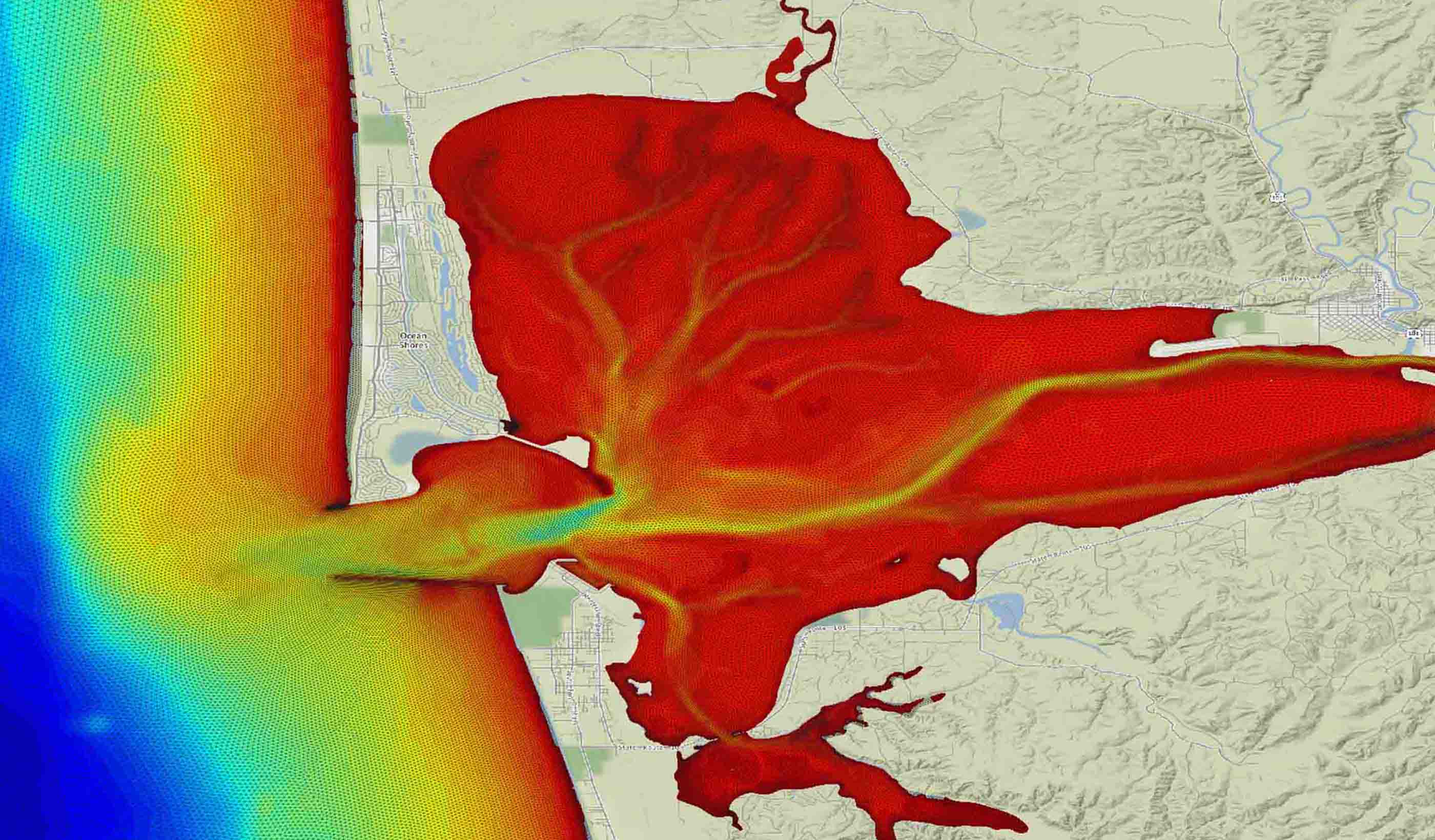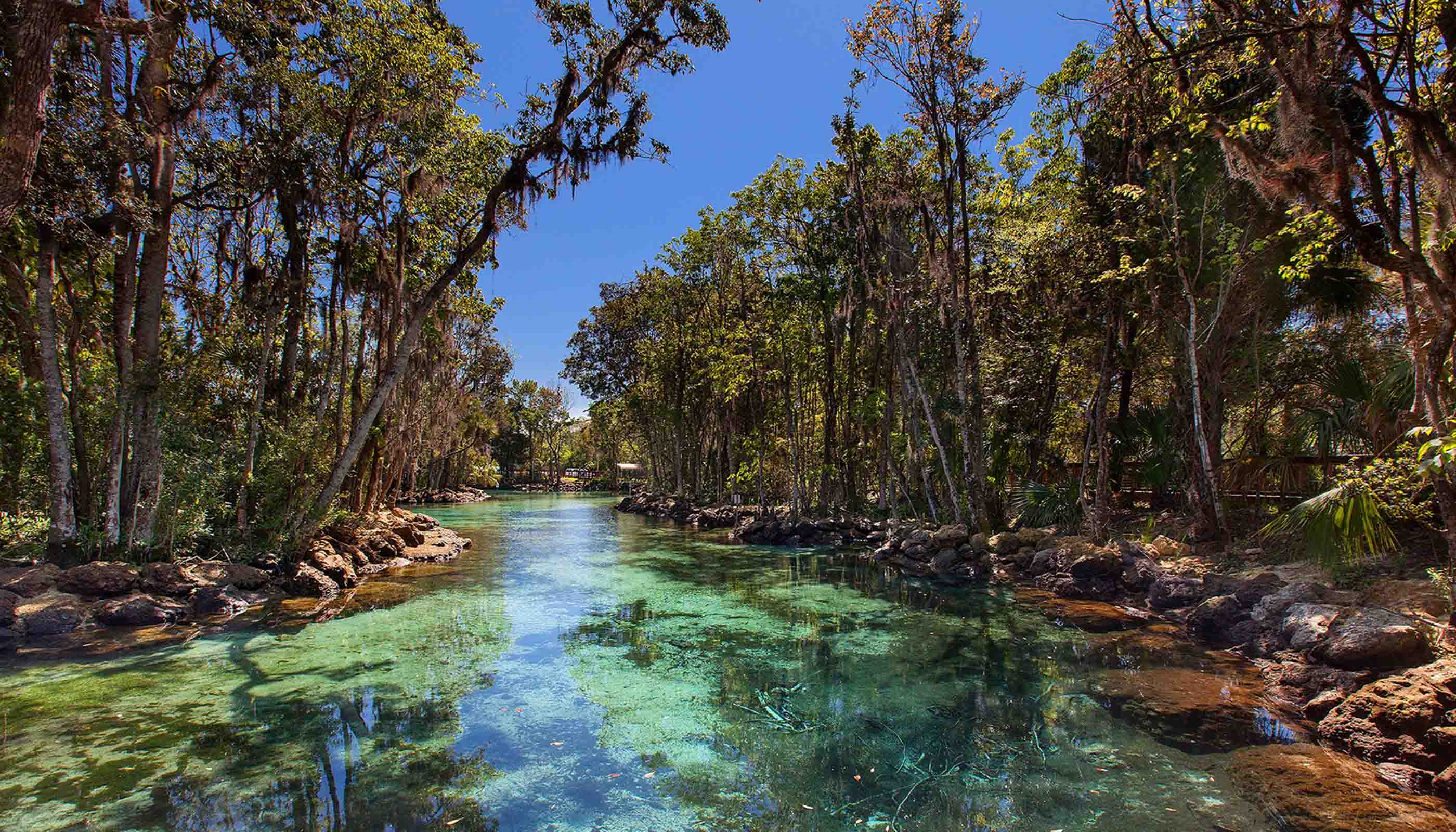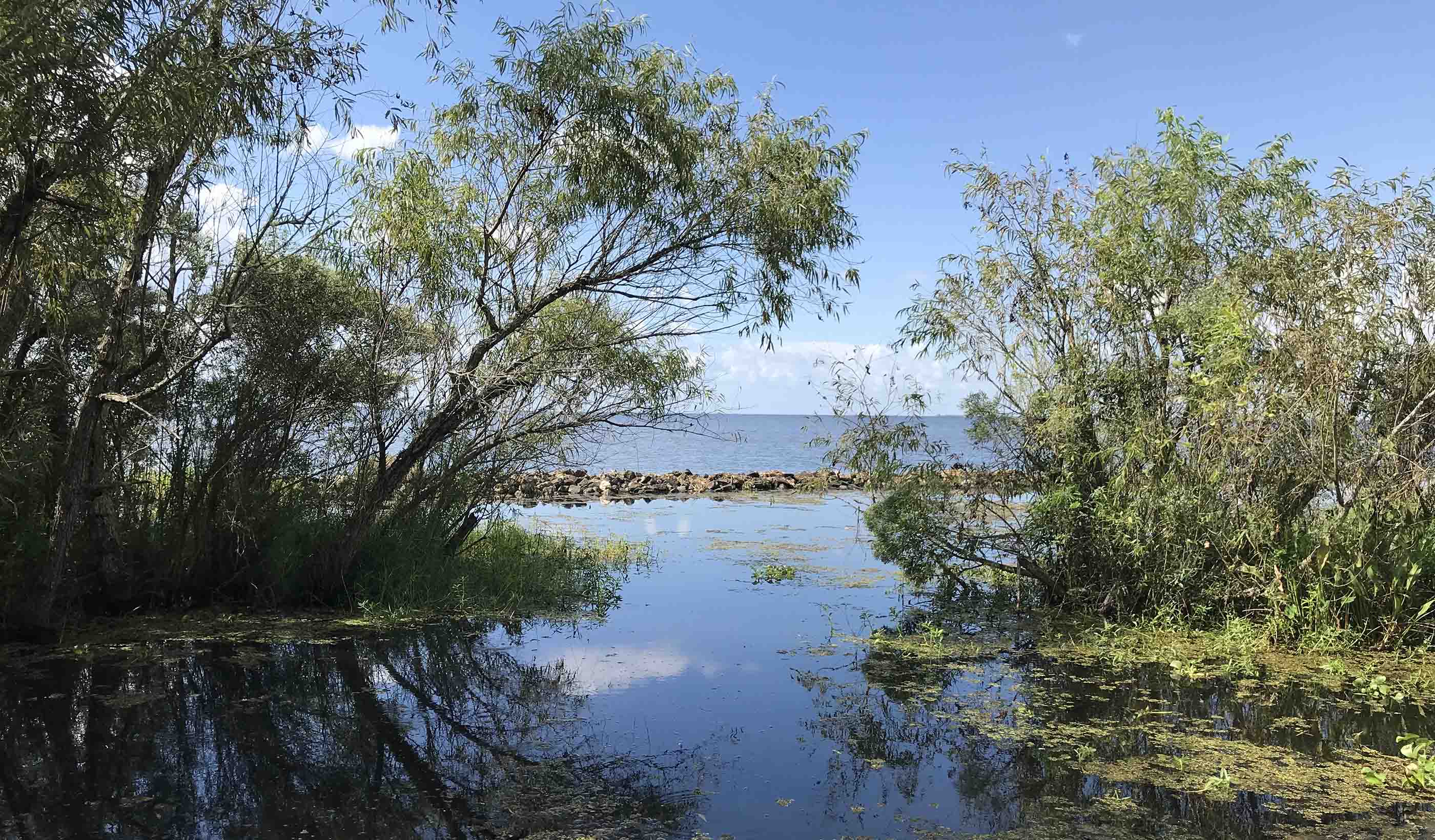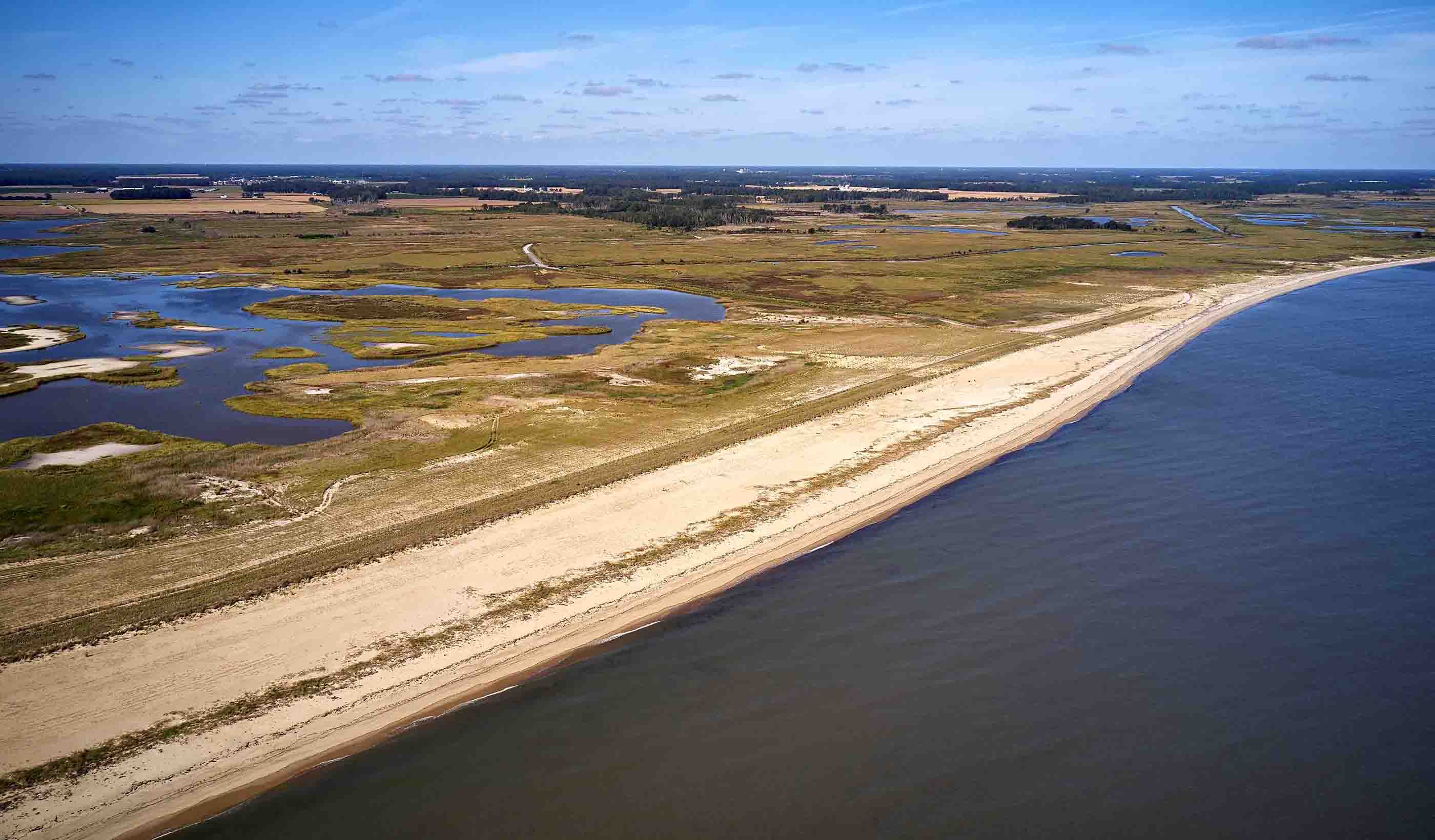- Location
- Bayou la Batre, Alabama
- Offices
-
-
Client
-
-
ADCNR State Lands Division
-
-
Partners
-
-
Dauphin Island Sea Lab
-
- Location
- Bayou la Batre, Alabama
- Offices
- Client
-
- ADCNR State Lands Division
- Partners
-
- Dauphin Island Sea Lab
Share
Point Aux Pins Living Shorelines Monitoring Program
After the disastrous Deepwater Horizon spill in 2010, ecosystems across Alabama sustained direct and indirect injuries. Looking to address the loss of primary and secondary productivity, as well as shoreline loss, the Alabama Department of Conservation and Natural Resources (ADCNR) constructed a living shoreline project. In 2021, the ADCNR awarded a contract to our team to conduct a five-year post-construction monitoring program for this newly established shoreline site.
We’re providing these services to help the Alabama Deepwater Horizon Trustees implement their monitoring and adaptive management program. Our team partnered with the Dauphin Island Sea Lab (DISL) to support monitoring fieldwork and reduce costs to the client. With DISL sharing local resources and knowledge, we’ve completed three years of epifauna (animals living on the seawater’s surface or attached to submerged objects), infauna (animals living in ocean sediments), and topographic and bathymetric monitoring field work.
So far, data from the first three years of monitoring indicate the living shoreline project is working. By providing additional habitat complexity and reducing wave energy along adjacent shorelines, this vital living shoreline project should continue to result in increased primary and secondary productivity, promote sediment accretion (accumulation), and reduce shoreline erosion.
- Location
- Bayou la Batre, Alabama
- Offices
-
-
Client
-
-
ADCNR State Lands Division
-
-
Partners
-
-
Dauphin Island Sea Lab
-
- Location
- Bayou la Batre, Alabama
- Offices
- Client
-
- ADCNR State Lands Division
- Partners
-
- Dauphin Island Sea Lab
Share
Carl Ferraro, Senior Environmental Scientist
Our work makes the Gulf Coast region a better place through ecological restoration implementation.
Emma Heffernan, Biologist
I believe that collaboration and science-based research are key in assessing, understanding, and preserving our natural communities.
Madison Blanchard, Biologist
Natural resources are a community’s greatest asset. As a biologist, I help protect and assist clients in protecting these important assets.
We’re better together
-
Become a client
Partner with us today to change how tomorrow looks. You’re exactly what’s needed to help us make it happen in your community.
-
Design your career
Work with passionate people who are experts in their field. Our teams love what they do and are driven by how their work makes an impact on the communities they serve.























